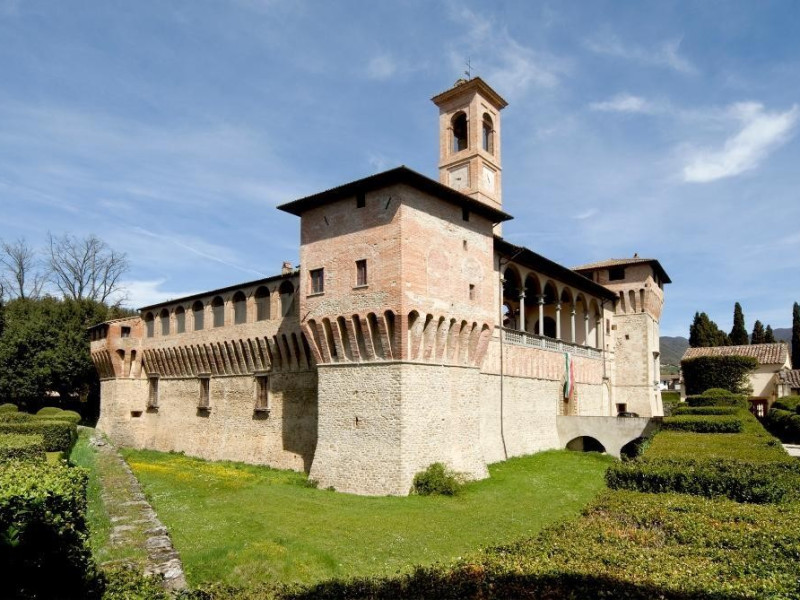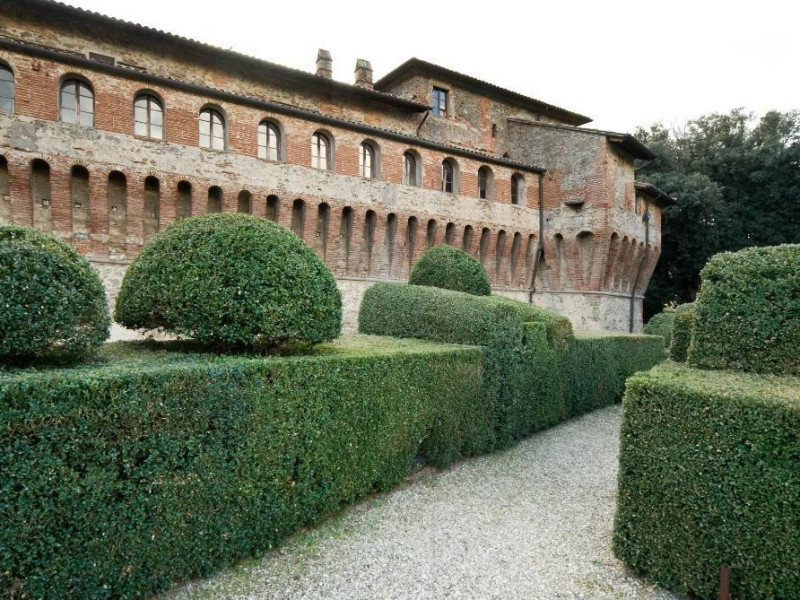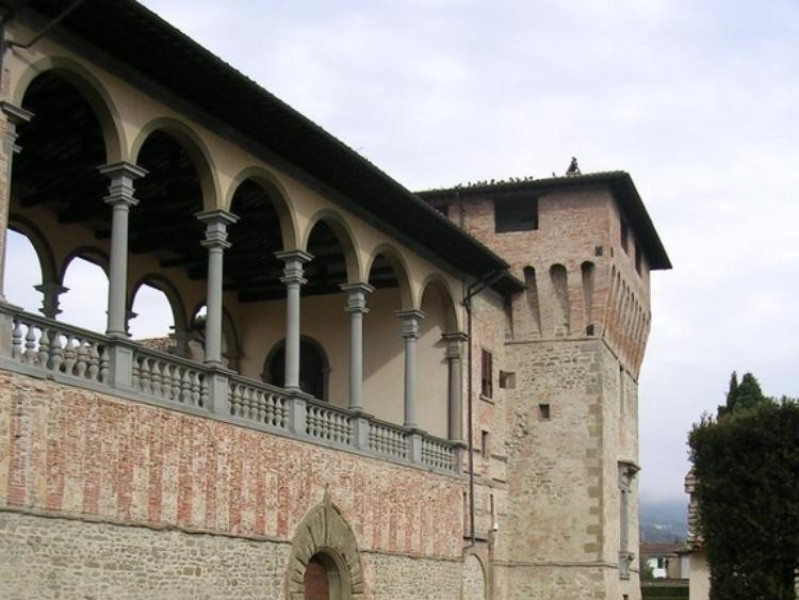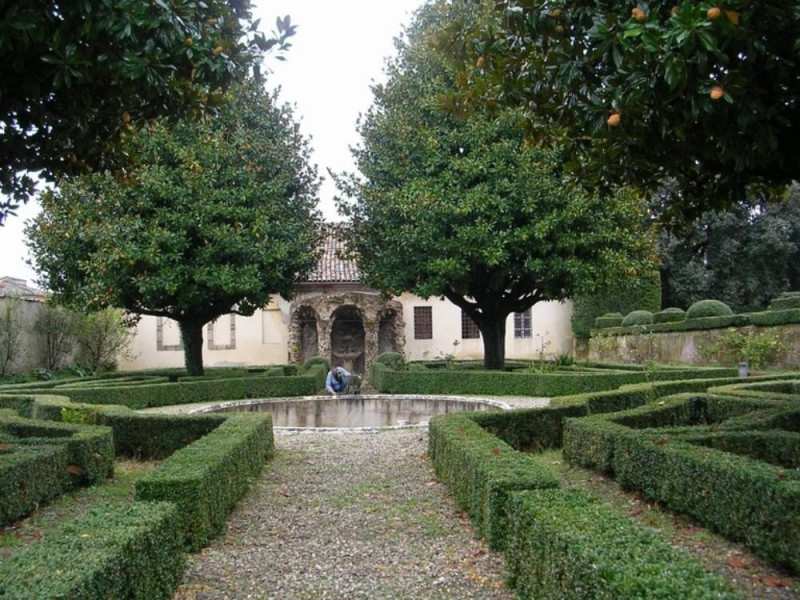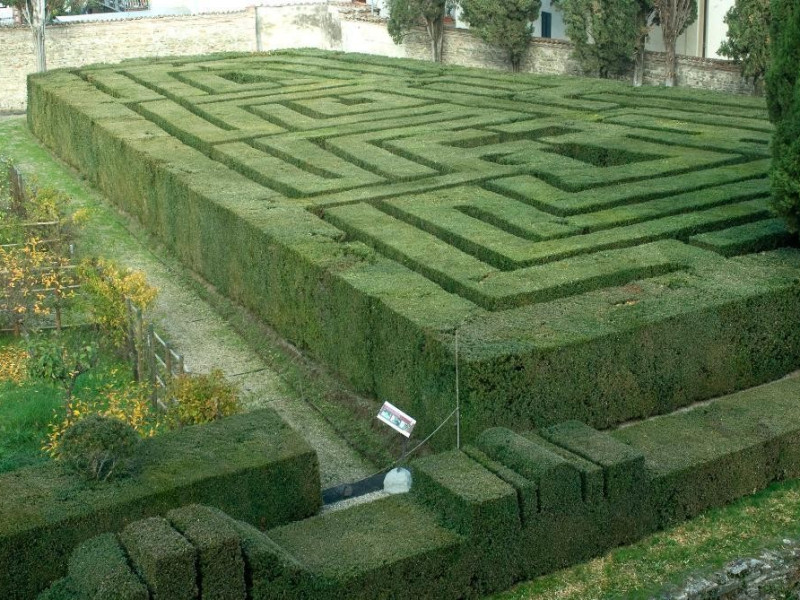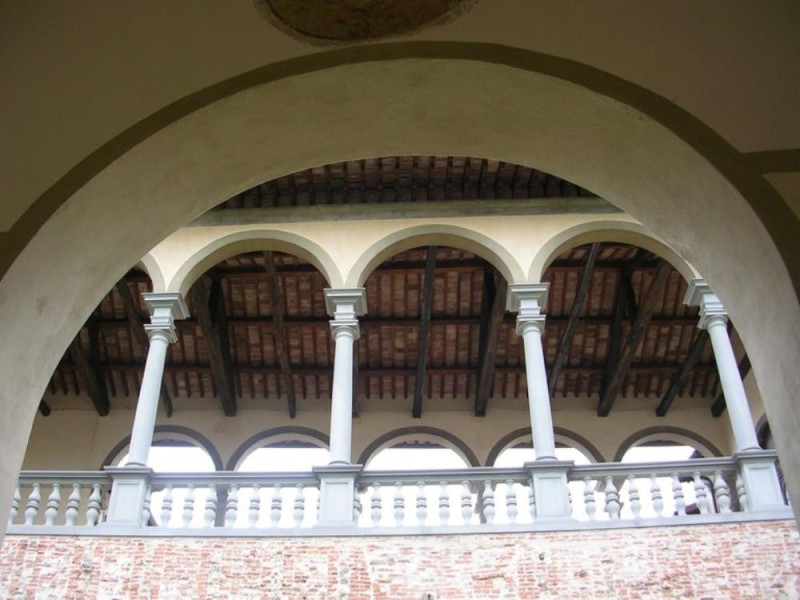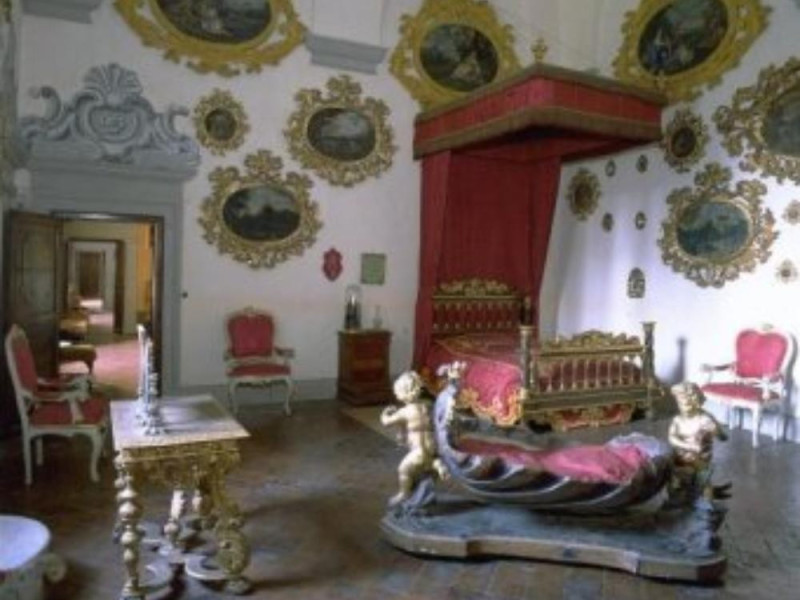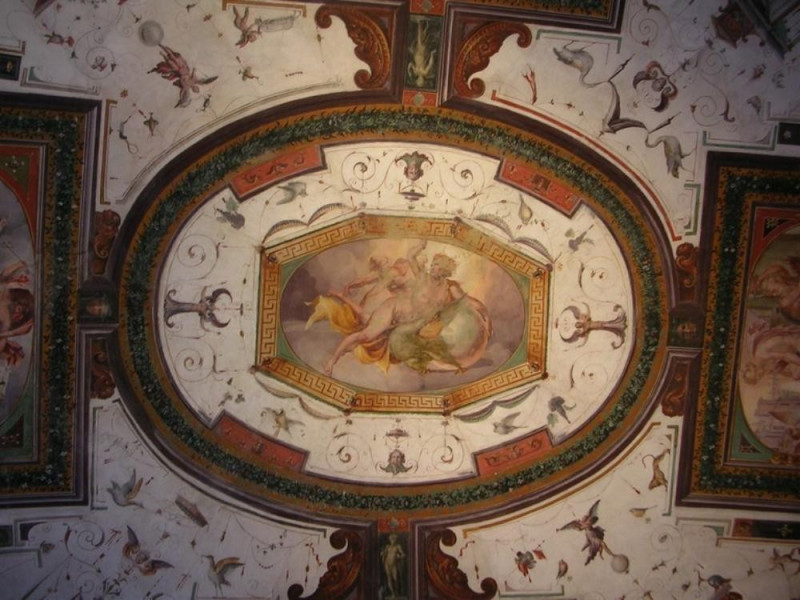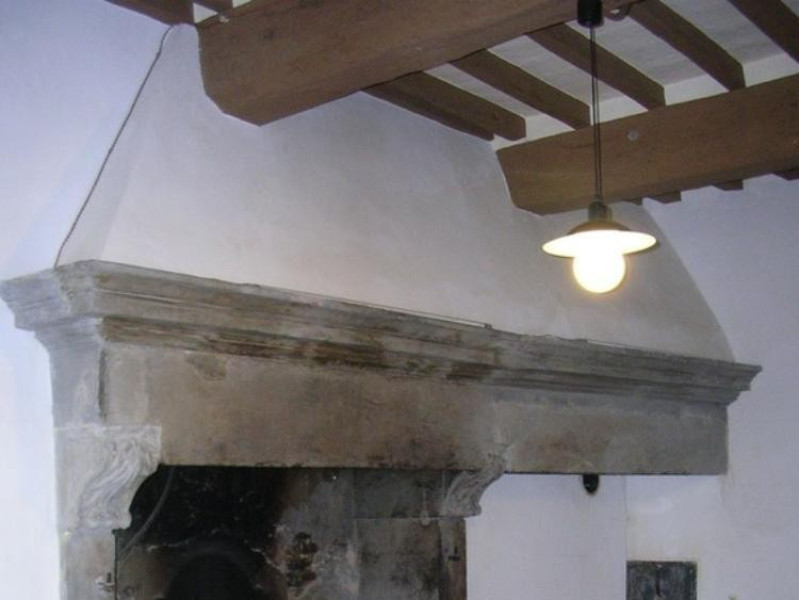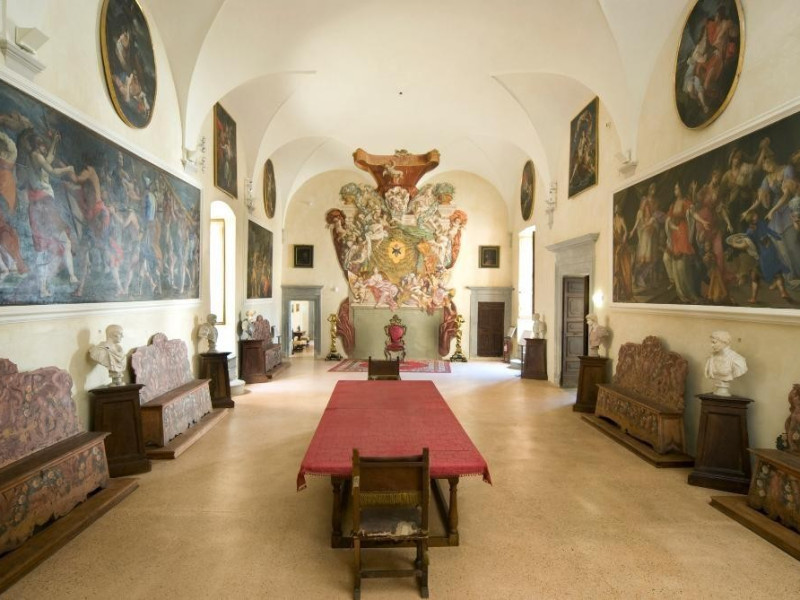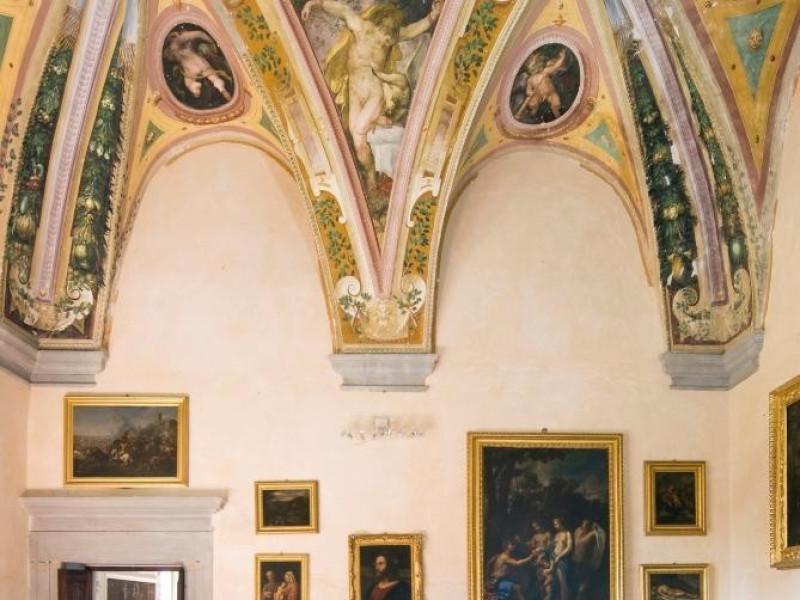Luogo - Museum
Castello Bufalini
Where
Via Largo Cruciani, San Giustino (Perugia)
Bufalini Castle
Castello Bufalini was originally built as a military fort and owned by the Dotti, a Ghibelline family from Sansepolcro. After the battle of Anghiari, in 1440, the small fort became a military outpost in defense of the territory of Città di Castello, and was destroyed towards the end of the 15th century as ordered by the Florentine Republic. With the passing of the property to Niccolò di Manno Bufalini in 1487, some reconstruction work based on the design of the Roman architect Mariano Savelli and indications of Giovanni and Camillo Vitelli, men of arms and experts in military construction, was carried out. The castle assumed the semblances of a fortress, with an irregular quadrangular floor plan and four towers at the corners, one of which—the Main Tower or Keep—was larger than the others and surrounded by a wide moat filled with water.
The history of the castle is indissolubly tied up with the Bufalini family, who could boast of having successful and prominent figures in the ecclesiastical, literary and juridical fields.
Starting from the 1530s, the fortress was transformed into a noble palace, responding to precise artistic, social and cultural needs, as desired by Giulio I Bufalini and his brother, the Abbot Ventura.
Even though it was mainly the interior to be subjected to major changes with the creation of large rooms distributed around an internal court with two side porticos, the remake of the façade with the introduction of the loggia and the monumental entrance in a central position dates back to that period. From the outside, the original military structure of the edifice looked the same. The design of the palace was the work of the Florentine architect, Giovanni d’Alesso, called Nanni Unghero, part of the Sangallo entourage, but the construction work was completed with the intervention of the Vignola, around 1560.
During the last decade of the 17th and the first years of the 18th century, the palace was restructured, following the designs of the architect-painter Giovanni Ventura Borghesi from Città di Castello, as a delightful countryside Villa with its Italian Garden. The edifice was enriched, during the 18th century, with exquisite works of art of late Baroque taste, among which are the frescoes, decorative canvases and painting cycles partially devoted to celebrating Bufalini’s acquisition of the noble title of Marquis.
In July 1989, Castello Bufalini became State property, and constitutes a rare example of an almost intact historical patrician manor that preserves most of its furniture and fittings that formed from the 16th to the 19th century, together with a collection of paintings coming from Bufalini Palace in Città di Castello.
Currently, the entire complex is organized—furniture and fittings, paintings, tapestry, majolica and the various busts of Ancient Rome—in line with the taste of the local nobility.
Along the itinerary of visit, visitors can admire:
The Room of the Pagan Gods and the Prometheus Room, with the frescoes of Cristofano Gherardi; The Loggia; The Sideboard Room, with the precious china cabinets preserving chinaware, ceramics and crystal sets; The Dining Room; The Lounge; The Room of the Throne, with the canvases portraying scenes from the Old Testament and the Orlando Furioso of the Ariosto; The Portraits Gallery; The Stucco Decorated Room; and The Room of the Cardinal Giovanni Ottavio Bufalini, with the beautiful cradle.
The garden is a typical example of an Italian Garden that still has the arrangement desired in the 18th century today. The Rose Garden, the Vegetal Gallery, called “voltabotte”—barrel vaulted—the so-called “Paradise” and the Labyrinth are especially beautiful.
